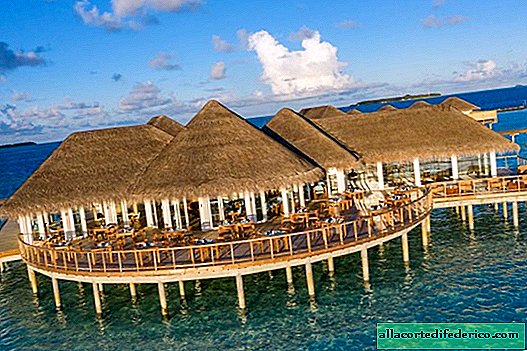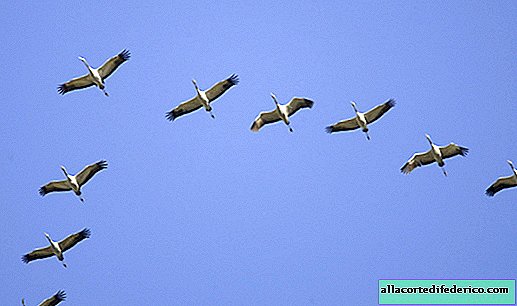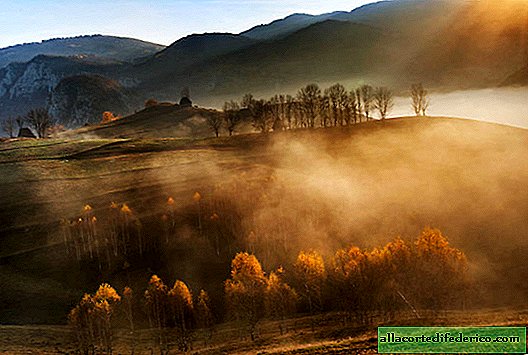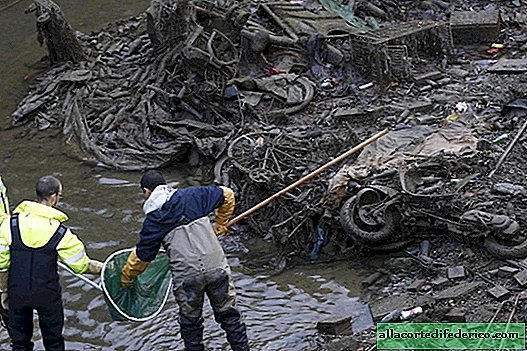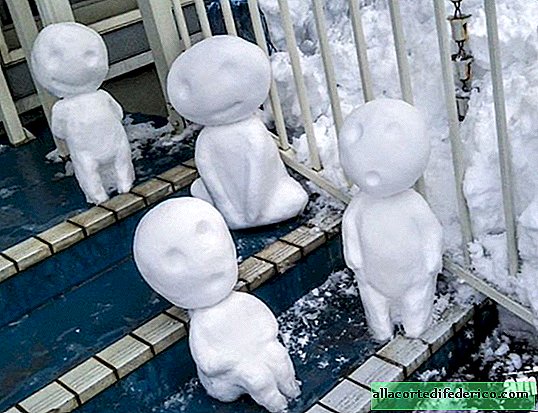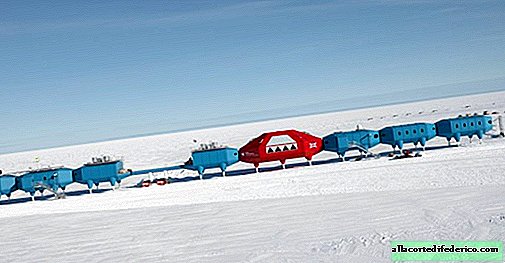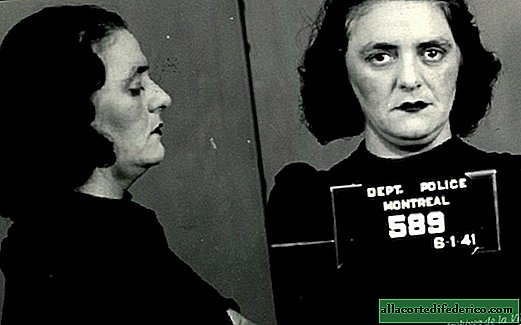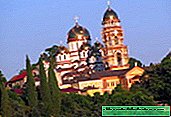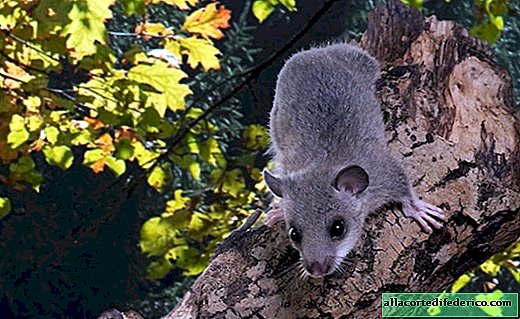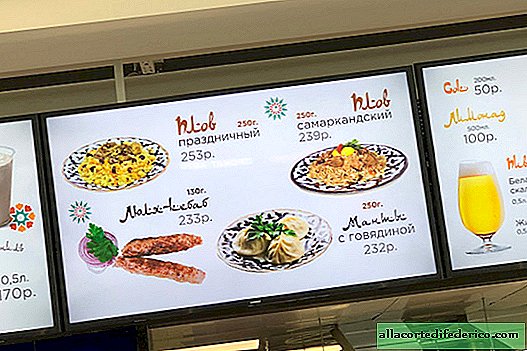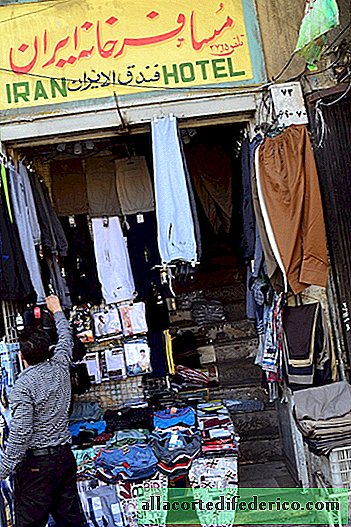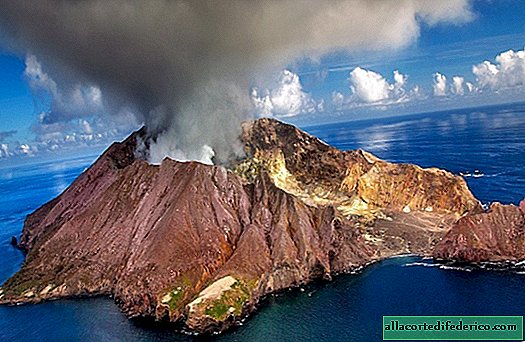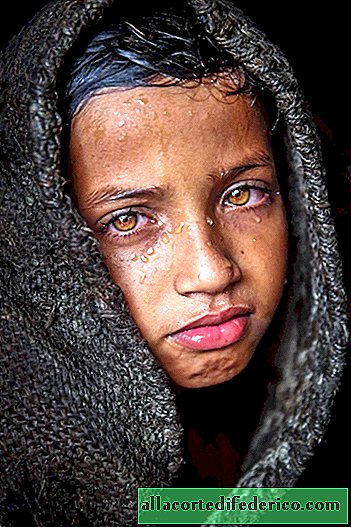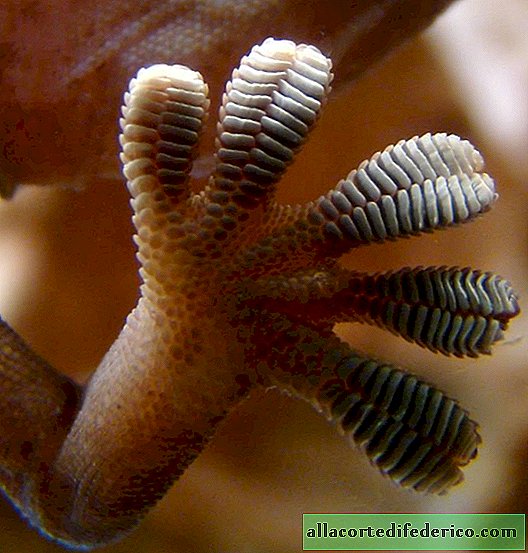Descendants of the ancient Mayans: did the Mayans remain in America, and where do they now live
The debate about why the great Mayan civilization was in decline at the time of the arrival of the Spaniards has not stopped to this day. Well, the colonialists have contributed to the fact that the Mayan civilization as such has completely disappeared. And what happened to the Mayan people themselves, and where do the descendants of the builders of grandiose pyramids live today?
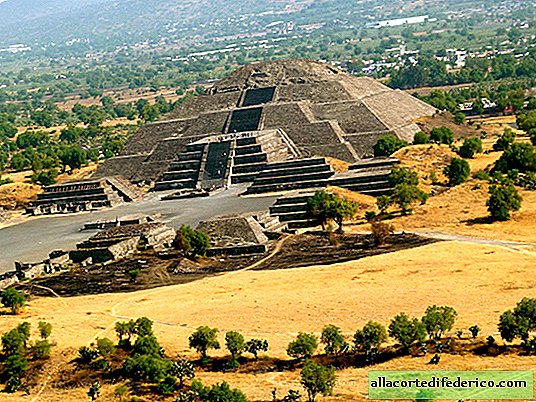
By the time the Spaniards landed on the shore of the American continent, the Mayan civilization was not in the best of times. The heyday of civilization came in the VI-IX centuries of our era, when the Mayans occupied the territory of the Yucatan Peninsula and the adjacent tropics right up to the Pacific Ocean. It was a region with developed agriculture, a water supply system, a competent management structure and large cities such as Chichen Itza, Uxmal, Tulum, Palenque. But in the X century, most cities and grandiose temple complexes were abandoned. Historians believe that the cause of the Mayan tragedy could be dramatic climatic changes that led to years of drought. The decrease in precipitation caused an acute shortage of fresh water and the death of the crop, which caused massive hunger and a sharp decline in the population. According to other studies, the Mayans themselves provoked an environmental disaster in Central America: large-scale deforestation for the cultivation of corn and other crops led to soil degradation and a sharp decrease in productivity.

By the time the colonialists arrived, at the beginning of the 16th century, the Mayan civilization was divided into several warring city states. Due to the constant internal conflicts and because of the outbreak of epidemics, the Mayans could not resist the conquistadors, and their lands were captured by the Spaniards.

Today, the territory of the once mighty Mayan empire has several independent states. These are Guatemala, Belize, Mexico (southern part of the country), part of El Salvador and Honduras. It is in these countries that the Maya Indians live - the descendants of the ancient builders of the pyramids. The modern Mayan Indians are a group of closely related peoples who speak the languages of the Mayan group, with over 25 languages. Oddly enough, among purebred Mayans, the percentage of knowledge of the native language is very high, which cannot be said about many other indigenous inhabitants of the American continent. Moreover, most Indians are bilingual, that is, in addition to their native language, they also speak Spanish.

Mayan peoples make up about 40% of the Guatemalan population, and their number in this country is at least 6 million people (according to other estimates, about 8 million people). These are mainly Maya Quiche, Kecchi, Kakchikeli and mothers. About 800,000 Mayan descendants live in the southern states of Mexico. In Belize, the Mayan population is estimated at 30,000. In addition, a number of Mayan Indians live in El Salvador and Honduras. It turns out that the approximate number of modern Mayan Indians is about 6 million people living in the region of the ancient Mayan civilization. Most of them speak their native languages and lead a traditional lifestyle. These are mainly rural residents who are engaged in the cultivation of corn and other crops, as well as traditional weaving.

Maya Indians defend their rights, and Native American activists participate in the public and political life of Guatemala and the southern Mexican states.

It should be mentioned that a large number of mestizos live in this region - descendants from the mixed marriages of the Spaniards and Mayans. But they no longer speak the Mayan languages and are very far from their culture, living mainly in cities and leading a modern lifestyle.


